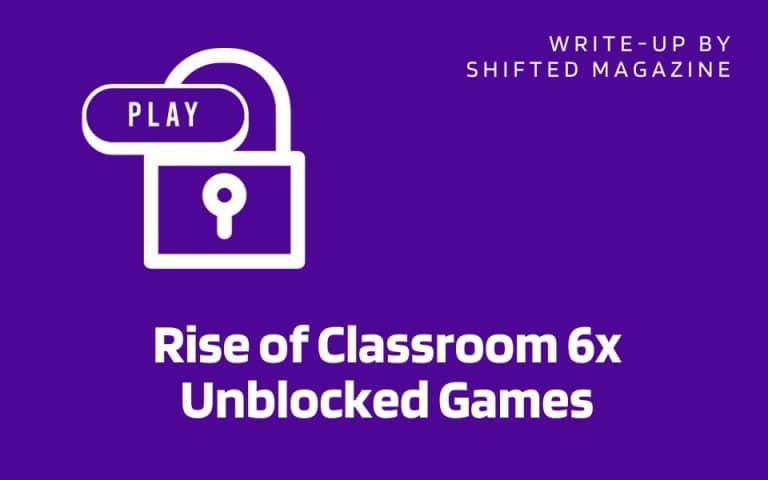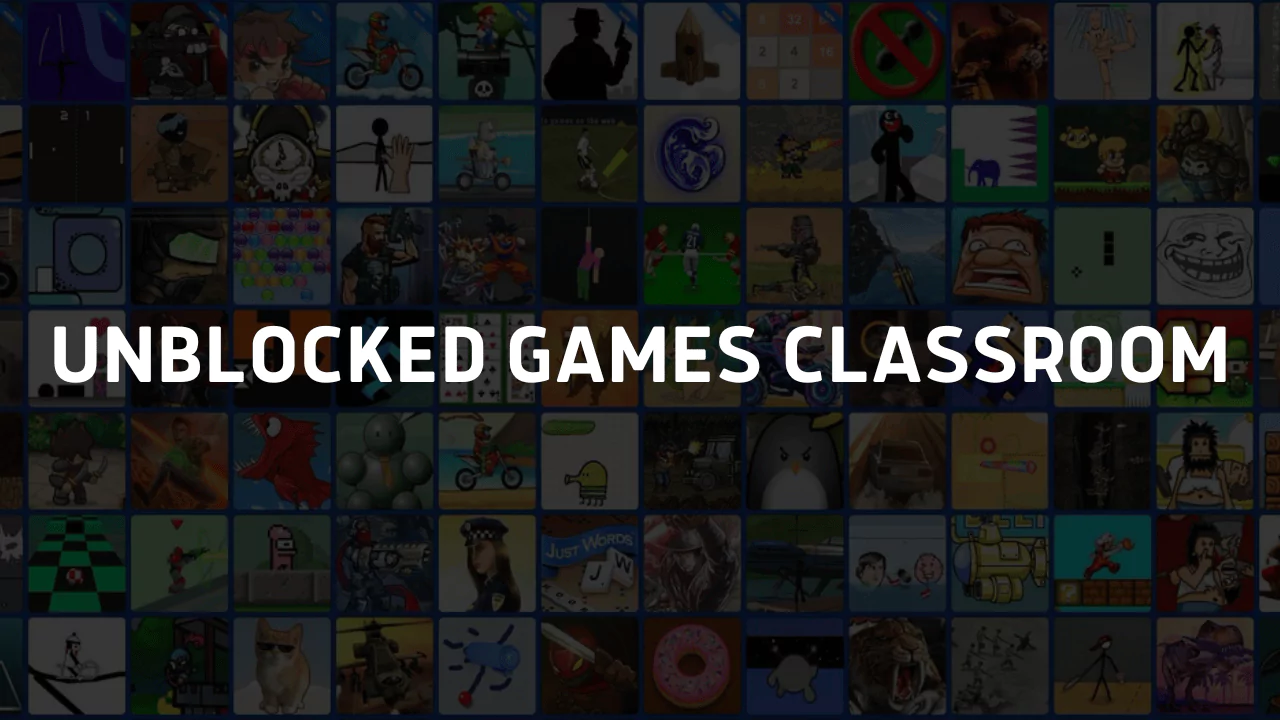Unblocked Games In The Classroom: Exploring The Potential And Challenges
Unblocked Games in the Classroom: Exploring the Potential and Challenges
Related Articles: Unblocked Games in the Classroom: Exploring the Potential and Challenges
Introduction
With great pleasure, we will explore the intriguing topic related to Unblocked Games in the Classroom: Exploring the Potential and Challenges. Let’s weave interesting information and offer fresh perspectives to the readers.
Table of Content
Unblocked Games in the Classroom: Exploring the Potential and Challenges

The presence of unblocked games in the classroom is a phenomenon that has sparked both curiosity and debate. While some view these games as a distraction from academic pursuits, others recognize their potential as a valuable tool for enhancing learning. This article will delve into the complexities of unblocked games in the classroom, examining their potential benefits, drawbacks, and the crucial considerations for their effective implementation.
Unblocked Games: A Digital Playground in the Classroom
Unblocked games, often accessed through websites designed to circumvent school network restrictions, offer a diverse range of experiences, from classic arcade games to modern puzzle challenges. Their accessibility and ease of use have made them a popular choice among students seeking entertainment and diversion during breaks or downtime. However, the mere presence of unblocked games in the classroom does not automatically translate into educational value.
Beyond Entertainment: Exploring the Educational Potential of Unblocked Games
While unblocked games are often associated with leisure, they can serve as a valuable tool for fostering specific skills and enhancing learning in various domains:
- Cognitive Skills: Games can stimulate critical thinking, problem-solving, and decision-making abilities. Strategy games, for instance, require players to analyze situations, anticipate consequences, and adapt their approach accordingly.
- Creativity and Innovation: Games that encourage creative expression, such as building or designing, can foster innovation and inspire students to think outside the box.
- Collaboration and Teamwork: Multiplayer games can promote collaboration and teamwork, as students learn to work together towards a common goal.
- Digital Literacy: Engaging with unblocked games can familiarize students with digital interfaces, game mechanics, and basic computer skills, contributing to their overall digital literacy.
- Motivation and Engagement: Games can be a powerful tool for motivating students and enhancing their engagement with learning materials. The interactive nature of games can make even challenging concepts more accessible and enjoyable.
Implementing Unblocked Games Effectively: A Balanced Approach
Integrating unblocked games into the classroom requires careful planning and a balanced approach to maximize their potential and minimize potential distractions:
- Curated Selection: Educators should carefully select games that align with learning objectives and are appropriate for the age and developmental level of students.
- Structured Integration: Games should be incorporated into lessons as a supplement to traditional learning activities, rather than replacing them entirely.
- Clear Expectations and Guidelines: Students must understand the purpose of using games in the classroom and adhere to specific rules regarding usage, time limits, and appropriate behavior.
- Monitoring and Assessment: Educators should monitor student engagement and assess the effectiveness of games in promoting learning outcomes.
- Parental and Stakeholder Involvement: Open communication with parents and other stakeholders is crucial to ensure transparency and address any concerns regarding the use of unblocked games in the classroom.
Addressing Concerns and Challenges
While unblocked games offer potential benefits, it is essential to acknowledge and address potential concerns:
- Distraction and Time Management: Games can be a significant distraction if not carefully integrated into the learning environment. Educators must establish clear guidelines and ensure that game time does not interfere with academic tasks.
- Content Appropriateness: Some unblocked games may contain inappropriate content or promote harmful stereotypes. Educators must carefully vet games and ensure they align with school policies and values.
- Equity and Access: Access to technology and internet connectivity can create disparities among students, potentially limiting their ability to participate in game-based learning activities.
- Overdependence on Games: While games can be valuable tools, excessive reliance on them can hinder the development of traditional learning skills and critical thinking abilities.
Unblocked Games: A Tool for Innovation and Engagement
Unblocked games in the classroom present a unique opportunity to enhance learning and engage students in a more dynamic and interactive way. By carefully curating games, establishing clear guidelines, and monitoring their effectiveness, educators can harness the power of these digital tools to foster a more engaging and enriching learning environment.
FAQs
Q: Are unblocked games always appropriate for the classroom?
A: No, not all unblocked games are appropriate for the classroom. Educators must carefully vet games to ensure they align with school policies, curriculum goals, and the developmental level of students.
Q: How can I ensure that unblocked games are used responsibly in the classroom?
A: Establishing clear guidelines, setting time limits, and monitoring student engagement are crucial for ensuring responsible use. Open communication with students about the purpose and expectations of using games in the classroom is also essential.
Q: What are some specific examples of how unblocked games can be integrated into the classroom?
A: Examples include using puzzle games to reinforce math concepts, role-playing games to develop social skills and empathy, and simulation games to explore historical events or scientific principles.
Q: What are the potential drawbacks of using unblocked games in the classroom?
A: Potential drawbacks include distractions, inappropriate content, equity issues, and overdependence on games.
Tips for Educators
- Curate a library of appropriate games.
- Integrate games into lessons in a structured and purposeful way.
- Set clear expectations and guidelines for game usage.
- Monitor student engagement and assess the effectiveness of games.
- Communicate with parents and other stakeholders about the use of games in the classroom.
Conclusion
Unblocked games in the classroom represent a complex and multifaceted phenomenon. While they offer potential benefits for enhancing learning and engagement, their effective implementation requires careful consideration of potential drawbacks and the development of strategies for maximizing their educational value. By embracing a balanced approach, educators can harness the power of these digital tools to create a more dynamic and engaging learning environment for all students.








Closure
Thus, we hope this article has provided valuable insights into Unblocked Games in the Classroom: Exploring the Potential and Challenges. We thank you for taking the time to read this article. See you in our next article!
Leave a Reply